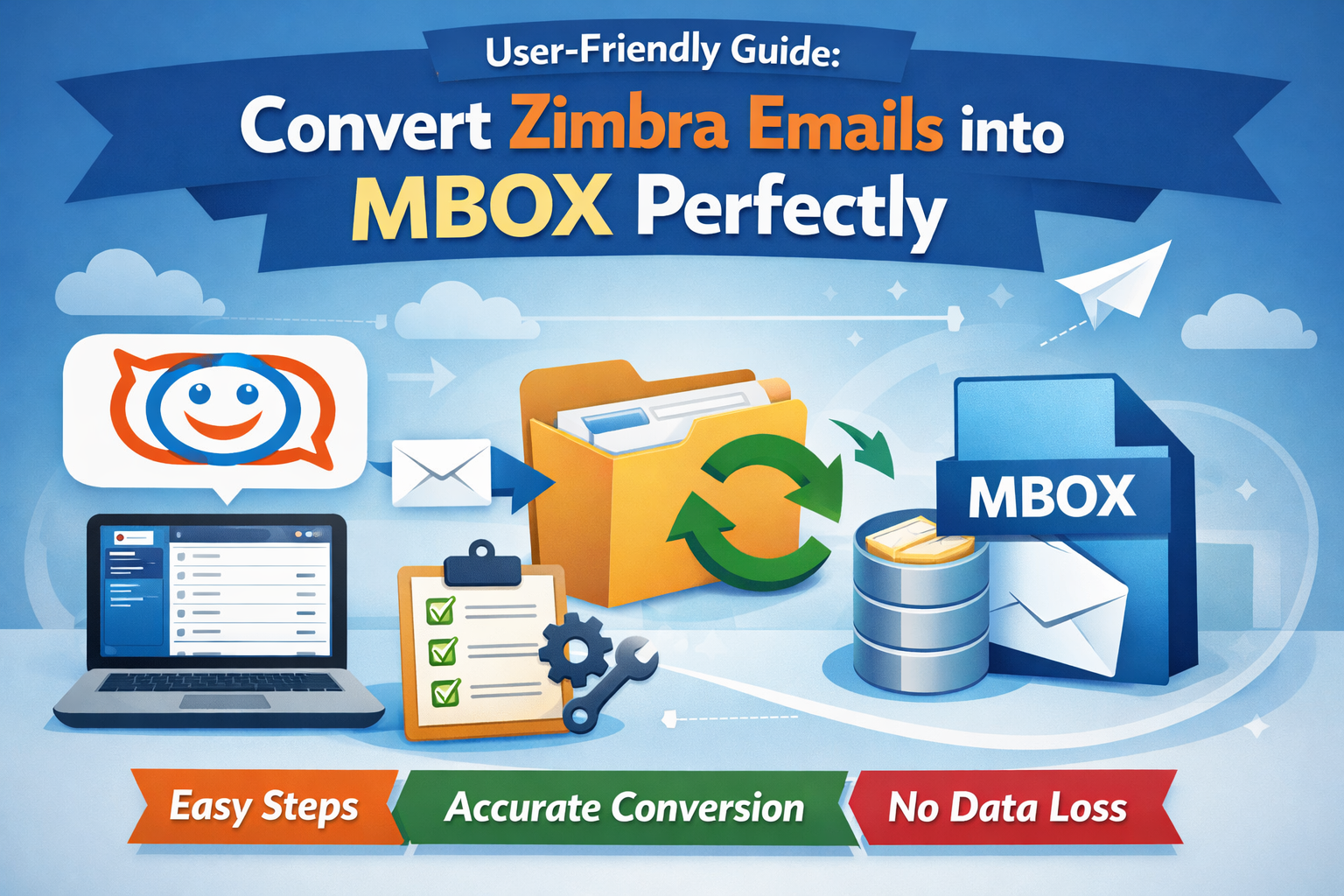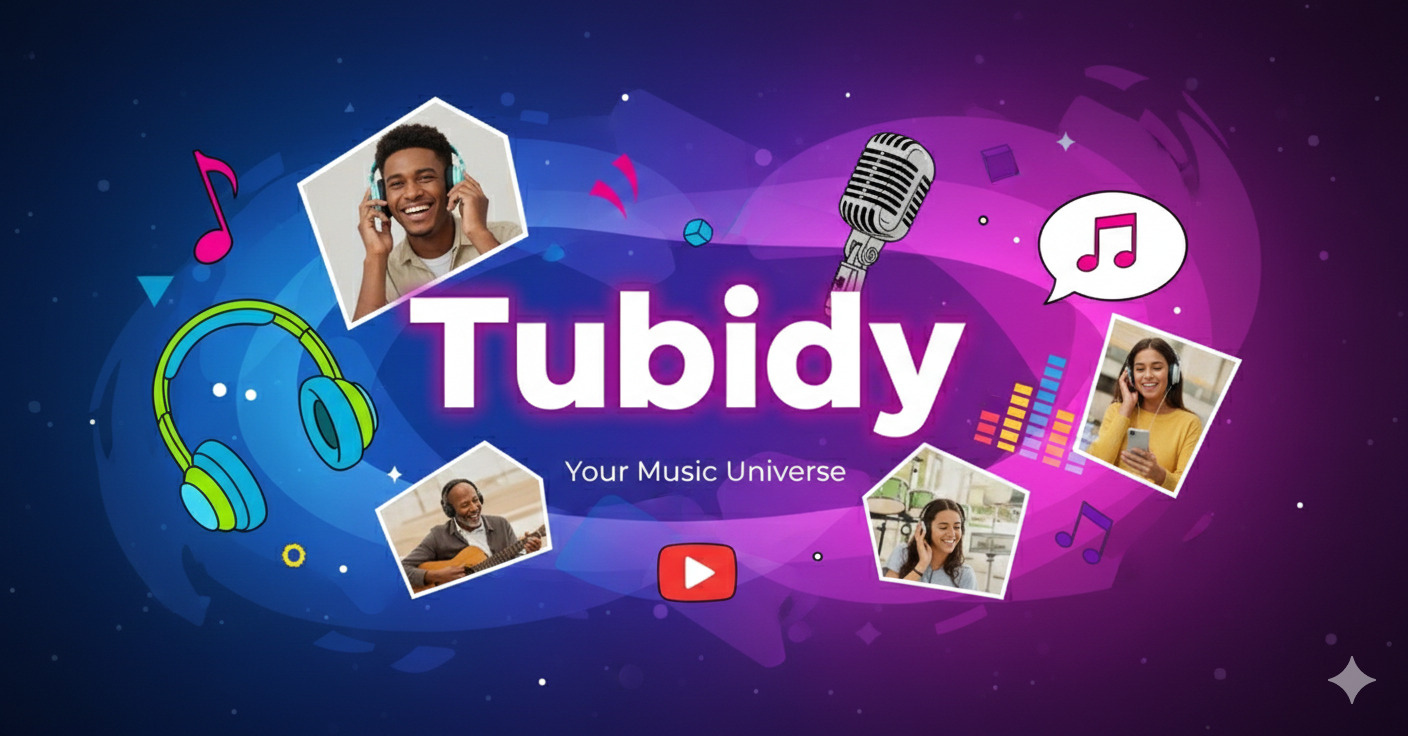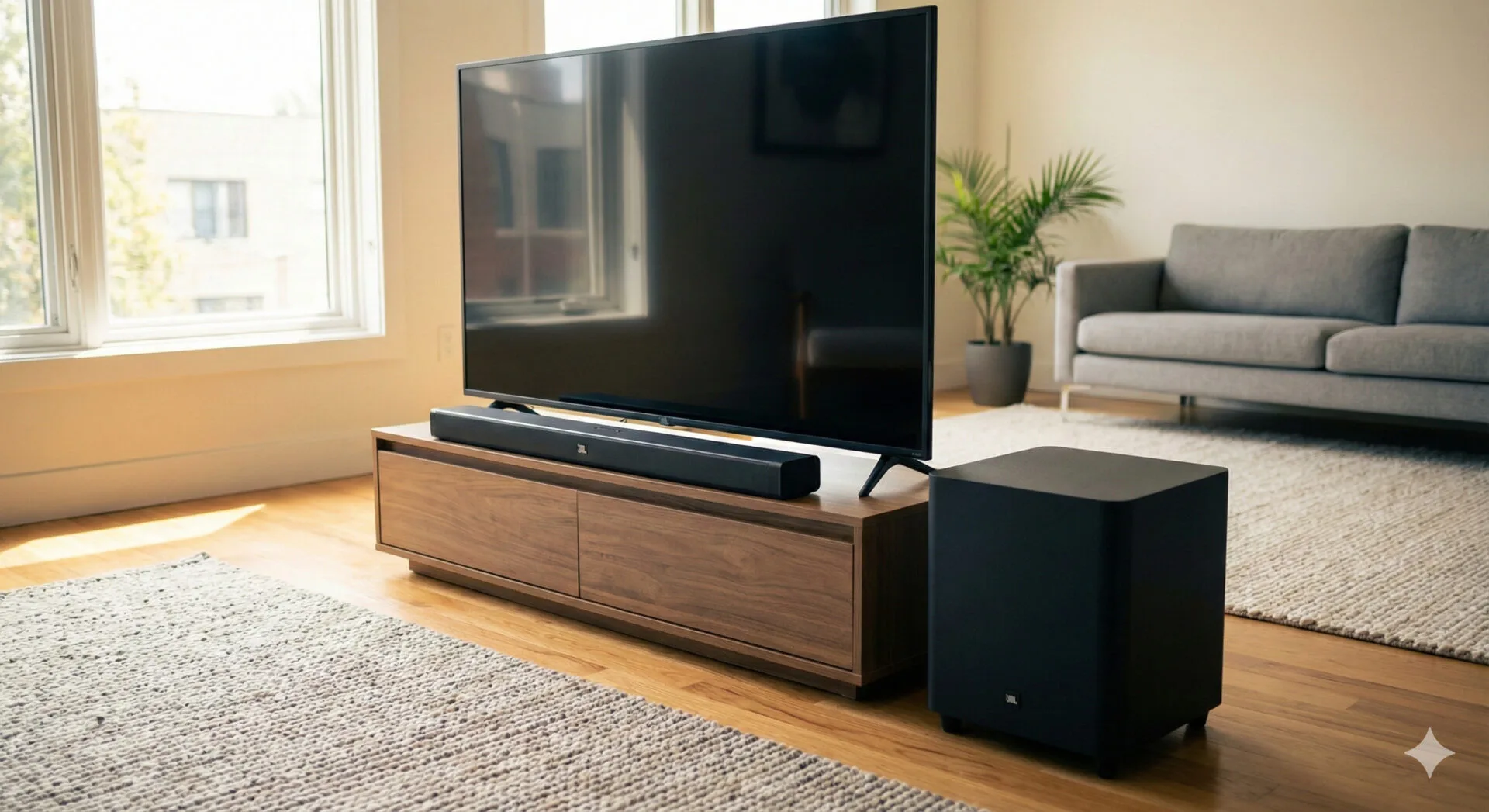In a fitness world dominated by wearables, motion trackers, live streams, and AI-powered training, a surprising truth is emerging: the simplest tools often work best.
Enter Home Workout Full Body Program—an app that strips away the noise of modern fitness tech while still quietly using technology to help users build consistent, real-life habits. It doesn’t sync to a smartwatch. It doesn’t require an internet connection. It doesn’t push subscriptions or gamified badges.
And yet, it works.
This isn’t a flashy app with high-definition videos and analytics dashboards. It’s a compact, offline-friendly fitness tool built for real people, real schedules, and real outcomes. In this article, we’ll explore how Home Workout Full Body Program blends simplicity with smart functionality—and why that hybrid model is what most users need right now.
Fitness Tech: Too Much of a Good Thing?
Technology has transformed fitness in amazing ways. We can now track steps, heart rate, calories, oxygen levels, sleep patterns—even reps and form through motion sensors. But for the average person, this mountain of data isn’t always helpful. In fact, it can be overwhelming.
Many people download fitness apps with good intentions, only to abandon them when:
The setup takes too long
The app demands logins or account syncing
The interface is cluttered and confusing
They’re bombarded with notifications, ads, or upsells
It’s not that people don’t want to exercise. It’s that they don’t want friction. They want tools that get out of the way so they can just get on with it.
That’s exactly what Home Workout Full Body Program delivers.
The Tech Behind the “Tech-Free” Experience
At first glance, the app feels refreshingly analog. You open it, see today’s workout, follow the instructions, and you’re done. There are no social features. No wearable syncing. No login requirements. But look closer, and you’ll see that the app is quietly using tech in all the right ways.
Smart Progress Structuring
Rather than forcing users to select workouts manually each day, the app lays out a clear 28-day fitness plan. It gradually increases in difficulty and alternates muscle groups to prevent burnout—exactly the kind of structure you’d expect from a smart fitness coach.
The simplicity on the front end is powered by well-organized backend logic that keeps users moving forward without decision fatigue.
Offline Support
Once installed, the app works entirely offline. You don’t need a constant internet connection or mobile data, which makes it ideal for travel, outdoor workouts, or homes with weak Wi-Fi.
It uses lightweight data storage and caching to load sessions quickly, meaning you can complete your daily workout with zero buffering or wait time.
Device-Friendly Performance
Because it doesn’t rely on video streaming or high-resolution assets, the app works smoothly on older devices and low-storage phones. It’s been optimized to reduce battery drain—another sign of thoughtful development in the background.
Low-Barrier Tracking
While the app doesn’t collect or share personal health data, it does offer basic progress tracking—weight, BMI, and workout history—all stored locally. It’s a private, low-tech way to stay accountable, without sacrificing privacy or speed.
Less Noise = More Action
The biggest reason Home Workout Full Body Program works so well is its commitment to cutting through the clutter.
Instead of bombarding users with options, it focuses on one thing: helping you complete a short, bodyweight workout every day.
Here’s how that plays out:
Workouts average 10–20 minutes, so they’re easy to slot into any schedule
Every movement uses your body only—no gear, no gym required
You’re guided through each day without needing to choose routines or navigate menus
No ads or interruptions to break your focus
This streamlined experience helps people stay consistent—something that’s far more valuable than the latest high-tech feature.
Designed for the Tech-Fatigued
This app is especially helpful for users who are burned out from tech overload. If you’ve been juggling video meetings, screen-heavy routines, or endless notifications, the last thing you want is an app that asks you to “join a community challenge” or “link your device.”
Home Workout Full Body Program takes the opposite approach. It simplifies your fitness journey by providing just enough structure to get results, without requiring anything else from you.
You won’t have to:
Create an account
Link to external services
Manage daily settings
Watch long video tutorials
Scroll through social feeds
It’s as simple as open, tap, and move.
Ideal Use Cases
So who exactly benefits most from this tech-light, results-heavy design?
Remote workers who want a quick reset between calls
Parents who need flexible routines during nap time or after school drop-off
Students on a budget without space for equipment
Frequent travelers who need a reliable, offline solution
Beginners looking for a non-intimidating way to build strength and stamina
It’s particularly appealing for people who’ve tried gym-based apps and found them too demanding, expensive, or overwhelming.
A Sample Day in the App
To give you a sense of the user experience, here’s what a typical session might look like:
Day 12 of the 28-day challenge
12-minute full-body session
Exercises include: squats, incline push-ups, glute bridges, and a plank hold
Each move is clearly described
No video required—just simple on-screen guidance and a timer
Progress tracked automatically
Done in under 15 minutes
No fluff, no filler, just effective movement.
A Few Feature Suggestions (Optional, Not Necessary)
While the app’s simplicity is its biggest strength, future users might benefit from:
Optional audio prompts or voice guidance
A “pause/resume” function for interrupted sessions
Light reminders (toggle on/off) to help form daily habits
But even without these additions, the app delivers on its promise: practical fitness for real people, powered by tech that doesn’t feel like tech.
Final Thoughts
Home Workout Full Body Program proves that powerful tech doesn’t have to shout to be effective. By stripping back the complexity and designing for usability, it makes fitness feel achievable again—no subscriptions, no gear, no excuses.
It’s smart 28-day structure, offline reliability, and minimalist interface combine to support exactly what most people need: a reliable, low-pressure way to stay active at home.
If you’re tired of tech for tech’s sake—and want an app that uses technology without overwhelming you—this one is worth installing.






Leave a Reply